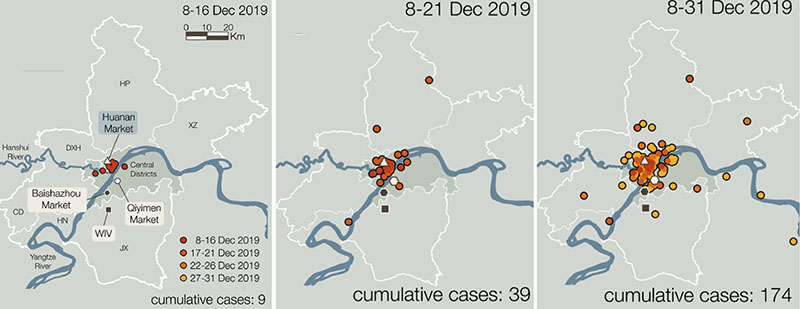People who receive mRNA COVID-19 vaccines are up to 91 percent less likely to develop the disease than those who are unvaccinated, according to a new nationwide study of eight sites, including Salt Lake City. For those few vaccinated people who do still get an infection, or “breakthrough” cases, the study suggests that vaccines reduce the severity of COVID-19 symptoms and shorten its duration.
Researchers say these results are among the first to show that mRNA vaccination benefits even those individuals who experience breakthrough infections.
“One of the unique things about this study is that it measured the secondary benefits of the vaccine,” says Sarang Yoon, D.O., a study co-author, assistant professor at the University of Utah Rocky Mountain Center for Occupational and Environmental Health (RMCOEH), and principal investigator of the RECOVER (Research on the Epidemiology of SARS-CoV-2 in Essential Response Personnel) study in Utah.
The study, published online in the New England Journal of Medicine, builds on preliminary data released by the Centers for Disease Control and Prevention (CDC)in March.
The study was designed to measure the risks and rates of infection among those on the front lines of the pandemic.
“We gave these vaccines to some of the highest risk groups in this country—doctors, nurses, and first responders,” Yoon says. “These are the people who are getting exposure to the virus day in and day out, and the vaccine protected them against getting the disease. Those who unfortunately got COVID-19 despite being vaccinated were still better off than those who didn’t.”

Sarang Yoon, D.O., assistant professor at the University of Utah Rocky Mountain Center for Occupational and Environmental Health.
The study found that mRNA COVID-19 vaccines were:
- 91% effective in reducing risk for infection once participants were “fully” vaccinated, two weeks after the second dose.
- 81% effective in reducing risk for infection after “partial” vaccination, two weeks after the first dose but before the second dose was given.
The HEROES-RECOVER network recruited 3,975 participants at eight sites. In addition to Salt Lake City, sites included Miami, Florida; Temple, Texas; Portland, Oregon; Duluth, Minnesota; and Phoenix and Tucson, as well as other areas in Arizona. Participants submitted samples for COVID-19 testing on a weekly basis for 17 weeks between Dec. 13, 2020 and April 10, 2021. Participants also reported weekly whether they had COVID-19-like symptoms, including fever, shortness of breath, and loss of taste and smell.
Only 204 (5%) of the participants eventually tested positive for SARS-CoV-2, the virus that causes COVID-19. Of these, 156 were unvaccinated, 32 had an indeterminate vaccine status, and 16 were fully or partially vaccinated. The fully or partially vaccinated participants who developed breakthrough had milder symptoms than those who were unvaccinated:
- Presence of fever was reduced 58% percent among those vaccinated with a breakthrough infection.
- Days spent sick in bed were reduced by 60% among those who developed a breakthrough infection.
- Detection of the virus was reduced by 70% percent among those with breakthrough infections, from 8.9 days to 2.7 days.
- The three people who were hospitalized were not immunized, meaning that no one who developed a breakthrough infection was hospitalized.
These findings also suggest that fully or partially vaccinated individuals who get COVID-19 might be less likely to spread the virus to others. The researchers found that infected study participants who had been fully or partially vaccinated when infected had 40% less detectable virus in the nose and did so for six fewer days compared to those who were unvaccinated.
Overall, the researchers conclude the study’s findings support the CDC’s recommendation to get fully vaccinated as soon as possible.
“I hope these findings reassure the public that mRNA COVID-19 vaccines are safe and protect us from this severe disease,” Yoon says.
The RECOVER study is ongoing, and results from future phases will help determine how long COVID-19 vaccines protect against infection and the real-world effectiveness of newer vaccines. A new study will test the same questions in children 12 and older who are now eligible to receive the COVID-19 vaccination. The research will also investigate how well COVID-19 vaccines protect against new variants now circulating in the U.S., including the highly transmissible Delta variant of SARS-CoV-2.
####
The study, “Prevention and Attenuation of Covid-19 with the BNT162b2 and mRNA-1273 Vaccines,” appears in the New England Journal of Medicine.
In addition to Dr. Yoon, Kurt Hegmann, M.D., director of RMCOEH, Matthew Thiese, Ph.D., associate professor, and Andrew Phillips, M.D., assistant professor of RMCOEH, were co-investigators on the Utah portion of the study.
